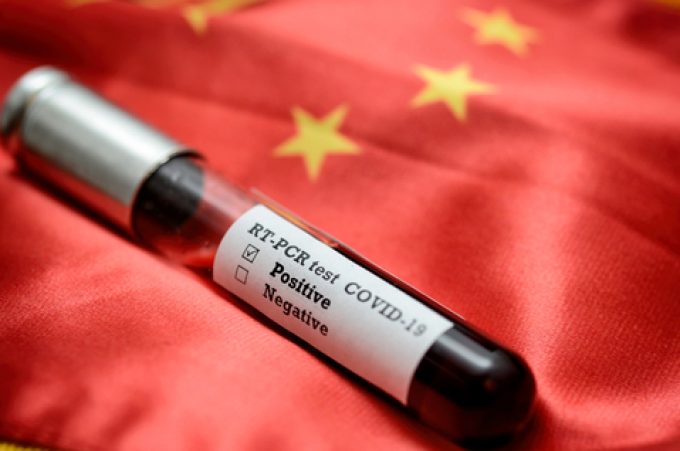Tariff truce for Canada and Mexico – China retaliates, but lightly
Donald Trump’s use of tariffs for leverage and ‘deal-making’ was proven yesterday when those to ...

Now China’s Covid restrictions have been relaxed, worker shortages and factory closures, due to outbreaks of the virus, are the latest disruptions to hit the country’s supply chains.
The sudden about-face on zero-Covid has led to soaring cases nationwide, with hospitals “struggling to cope”, according to the SCMP.
Alice Tang, China-Europe land transport planner at ITS Cargo, said the virus had “spread really fast” over the past couple of weeks.
She told The Loadstar: “One forwarder in China said more than 50% of ...
Asia-USEC shippers to lose 42% capacity in a surge of blanked sailings
Why ROI is driving a shift to smart reefer containers
USTR fees will lead to 'complete destabilisation' of container shipping alliances
New USTR port fees threaten shipping and global supply chains, says Cosco
Transpac container service closures mount
Outlook for container shipping 'more uncertain now than at the onset of Covid'
DHL Express suspends non-de minimis B2C parcels to US consumers

Comment on this article
Luke YE
January 05, 2023 at 3:11 amBeing someone in China working on the frontline of international trade and transportation, I see something different.
First of all the figures spoken in the article dated Dec.22nd: “60% of enterprises stop working in Guangdong/Zhejiang/Shandong”- let’s not further spread such comments which are misleading.
From what I see in South China market, for most of export bookings, materialization ratio in last 3 weeks is normal, actually much better than Oct/Nov when cancellation % was higher. If 60% of enterprises are down we should see over 50% of bookings cancelled and all carriers cancelling massively sailings from China – which is not the case.
Instead, as what we knew from clients – most of orders on hands in Dec/Jan, despite some delays might happen, were mostly accommodated.
We need to be aware the market demand itself remains soft due to high inflation and inventory plus supply of dollar worldwide is tight at a interests rate of today’s level plus an on-going geopolitical conflict with no clue of schedule in ending. Hence, there are much less purchasing orders due to soft demand.
On the other hand, boosted by the “Covid-economy” during last 24 months, our manufacturing capacity here in China is much more over the soft demand therefore with minor temporary mitigation of labor for 7-10 days in a rhythmic sequence in different regions/cities, plus strong efforts of our factories to hire temp workers + open OT shifts and in some mega factories robotic automation has been planted, I think we have managed to keep our spirits in delivery of commitment. The tough business environment is caused by something deeper + not easily visible.
Now with peaks of infection gone in most of coastal areas, with herd immunity reached at certain level, with China reopening its border from Jan.8th, let’s look ahead, embrace each other and fight for globalization / international trade expansion. This is the way to make our planet a peaceful better place.